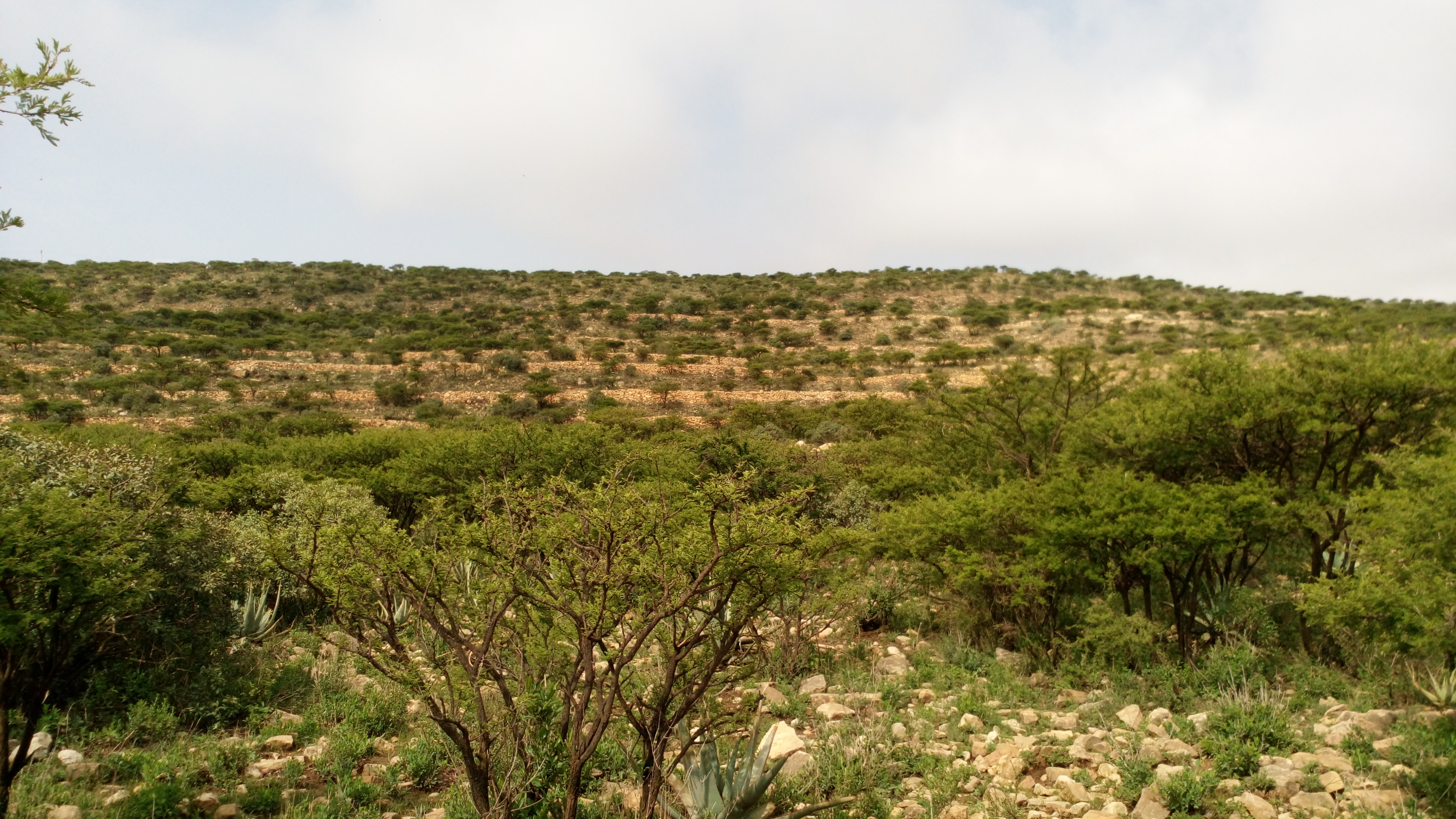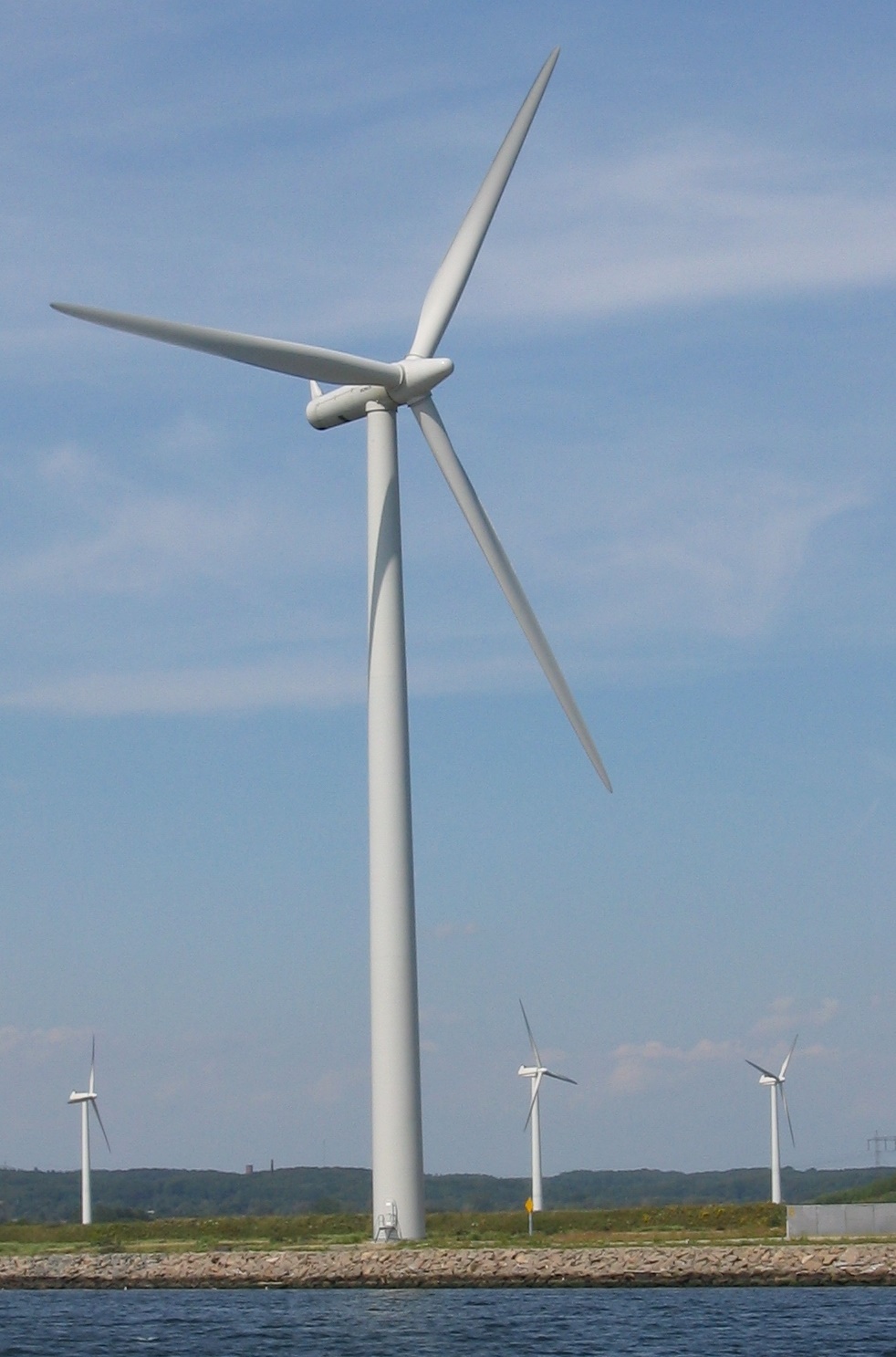|
Afedena (exclosure)
Afedena is an exclosure located in the Dogu'a Tembien ''woreda'' of the Tigray Region in Ethiopia. The area has been protected since 2008 by the local community. Timeline * 2008: established as exclosure by the community * 2017: support by the EthioTrees project Environmental characteristics * Area: 70 ha * Average slope gradient: 25% * Aspect: the exclosure is oriented towards the northeast and east * Minimum altitude: 2068 metres * Maximum altitude: 2232 metres * Lithology: Antalo Limestone Management As a general rule, cattle ranging and wood harvesting are not allowed. The grasses are harvested once yearly and taken to the homesteads of the village to feed livestock. Physical soil and water conservation has been implemented to enhance infiltration, and vegetation growth. There are three guards to protect the exclosure. Field observations showed that however, some illegal grazing occurred in the exclosure in 2018. Biodiversity With vegetation growth, biodiversity in thi ... [...More Info...] [...Related Items...] OR: [Wikipedia] [Google] [Baidu] |
Addi Azmera
Addi Azmera is a ''tabia'' or municipality in the Dogu'a Tembien district of the Tigray Region of Ethiopia. The name refers to good spring rains (“azmera”), in relation to the local microclimate. The ''tabia'' centre is in Tukhul town, located approximately half-way between the ''woreda'' town Hagere Selam and the regional capital Mekelle. Geography The ''tabia'' stretches on both sides of the main road that climbs towards Dogu’a Tembien after passing the bridge on Giba River. The highest location are the upper slopes of Imba Dogu’a (2590 m a.s.l.) and the lowest place along Giba River (1750 m a.s.l.). It comprises cultivated plains and steeper slopes, with often good vegetation (re)growth. Geology From the higher to the lower locations, the following geological formations are present: * Mekelle Dolerite * Amba Aradam Formation * Agula Shale - there are gypsum quarries in this formation, exploited by the cement factory of Mekelle * Antalo Limestone – many quarri ... [...More Info...] [...Related Items...] OR: [Wikipedia] [Google] [Baidu] |
Guineafowl
Guineafowl (; sometimes called "pet speckled hens" or "original fowl") are birds of the family Numididae in the order Galliformes. They are endemic to Africa and rank among the oldest of the gallinaceous birds. Phylogenetically, they branched off from the core Galliformes after the Cracidae (chachalacas, guans, and curassows) and before the Odontophoridae (New World quail). An Eocene fossil lineage ''Telecrex'' has been associated with guineafowl; ''Telecrex'' inhabited Mongolia, and may have given rise to the oldest of the true phasianids, such as blood pheasants and eared pheasants, which evolved into high-altitude, montane-adapted species with the rise of the Tibetan Plateau. While modern guineafowl species are endemic to Africa, the helmeted guineafowl has been introduced as a domesticated bird widely elsewhere. Taxonomy and systematics This is a list of guineafowl species, presented in taxonomic order. Phylogeny Cladogram based on a study by De Chen and collabora ... [...More Info...] [...Related Items...] OR: [Wikipedia] [Google] [Baidu] |
Carbon Finance
Carbon finance is a branch of environmental finance that covers financial tools such as carbon emission trading to reduce the impact of greenhouse gases (GHG) on the environment by giving carbon emissions a price. Financial risks and opportunities impact corporate balance sheets, and market-based instruments are capable of transferring environmental risk and achieving environmental objectives. Issues regarding climate change and GHG emissions must be addressed as part of strategic management decision-making. The general term is applied to investments in GHG emission reduction projects and the creation (origination) of financial instruments that are tradeable on the carbon market. History The market for the purchase of carbon has grown exponentially since its conception in 1996. The following is the estimated size of the worldwide carbon market according to the World Bank: Volume (millions metric tonnes, MtCO2) * 2005: 718 (330 in Main Allowances Markets & 388 in Project ... [...More Info...] [...Related Items...] OR: [Wikipedia] [Google] [Baidu] |
Emissions Reduction
Air pollution is the contamination of air due to the presence of substances in the atmosphere that are harmful to the health of humans and other living beings, or cause damage to the climate or to materials. There are many different types of air pollutants, such as gases (including ammonia, carbon monoxide, sulfur dioxide, nitrous oxides, methane, carbon dioxide and chlorofluorocarbons), particulates (both organic and inorganic), and biological molecules. Air pollution can cause diseases, allergies, and even death to humans; it can also cause harm to other living organisms such as animals and food crops, and may damage the natural environment (for example, climate change, ozone depletion or habitat degradation) or built environment (for example, acid rain). Air pollution can be caused by both human activities and natural phenomena. Air pollution is a significant risk factor for a number of pollution-related diseases, including respiratory infections, heart disease, COPD ... [...More Info...] [...Related Items...] OR: [Wikipedia] [Google] [Baidu] |
Greenhouse Gas Emissions
Greenhouse gas emissions from human activities strengthen the greenhouse effect, contributing to climate change. Most is carbon dioxide from burning fossil fuels: coal, oil, and natural gas. The largest emitters include coal in China and large oil and gas companies, many state-owned by OPEC and Russia. Human-caused emissions have increased atmospheric carbon dioxide by about 50% over pre-industrial levels. The growing levels of emissions have varied, but it was consistent among all greenhouse gases (GHG). Emissions in the 2010s averaged 56 billion tons a year, higher than ever before. Electricity generation and transport are major emitters; the largest single source, according to the United States Environmental Protection Agency, is transportation, accounting for 27% of all USA greenhouse gas emissions. Deforestation and other changes in land use also emit carbon dioxide and methane. The largest source of anthropogenic methane emissions is agriculture, closely followed by ... [...More Info...] [...Related Items...] OR: [Wikipedia] [Google] [Baidu] |
Environmental Conservation
*Environmental protection Environmental protection is the practice of protecting the natural environment by individuals, organizations and governments. Its objectives are to conserve natural resources and the existing natural environment and, where possible, to repair dam ... * Nature conservation {{disambiguation ... [...More Info...] [...Related Items...] OR: [Wikipedia] [Google] [Baidu] |
Land Management
Land management is the process of managing the use and development (in both urban and rural settings, but it is mostly managed in Urban places.) of land resources. Land resources are used for a variety of purposes which may include organic agriculture, reforestation, water resource management and eco-tourism projects. Land management can have positive or negative effects on the terrestrial ecosystems. Land being over- or misused can degrade and reduce productivity and disrupt natural equilibriums. See also * Conservation grazing * Environmental management scheme * Habitat conservation * Holistic management * Land change science * Land registration * Sustainable agriculture *Wildlife management References Further reading * Dale P.D. and McLaughlin, J.D. 1988. ''Land Information Management'', Clarendon Press: Oxford. * Larsson G. 2010. ''Land Management as Public Policy'', University Press of America. . * United Nations Department of Economic and Social Affairs Agenda 21 ... [...More Info...] [...Related Items...] OR: [Wikipedia] [Google] [Baidu] |
2008 Establishments In Ethiopia
8 (eight) is the natural number following 7 and preceding 9. In mathematics 8 is: * a composite number, its proper divisors being , , and . It is twice 4 or four times 2. * a power of two, being 2 (two cubed), and is the first number of the form , being an integer greater than 1. * the first number which is neither prime nor semiprime. * the base of the octal number system, which is mostly used with computers. In octal, one digit represents three bits. In modern computers, a byte is a grouping of eight bits, also called an octet. * a Fibonacci number, being plus . The next Fibonacci number is . 8 is the only positive Fibonacci number, aside from 1, that is a perfect cube. * the only nonzero perfect power that is one less than another perfect power, by Mihăilescu's Theorem. * the order of the smallest non-abelian group all of whose subgroups are normal. * the dimension of the octonions and is the highest possible dimension of a normed division algebra. * th ... [...More Info...] [...Related Items...] OR: [Wikipedia] [Google] [Baidu] |
Carbon Offset
A carbon offset is a reduction or removal of emissions of carbon dioxide or other greenhouse gases made in order to compensate for emissions made elsewhere. Offsets are measured in tonnes of carbon dioxide-equivalent (CO2e). One ton of carbon offset represents the reduction or removal of one ton of carbon dioxide or its equivalent in other greenhouse gases. One of the hidden dangers of climate change policy is unequal prices of carbon in the economy, which can cause economic collateral damage if production flows to regions or industries that have a lower price of carbon—unless carbon can be purchased from that area, which offsets effectively permit, equalizing the price. Within the voluntary market, demand for carbon offset credits is generated by individuals, companies, organizations, and sub-national governments who purchase carbon offsets to mitigate their greenhouse gas emissions to meet Carbon neutrality, carbon neutral, net-zero or other established Emission standard, e ... [...More Info...] [...Related Items...] OR: [Wikipedia] [Google] [Baidu] |
Honey
Honey is a sweet and viscous substance made by several bees, the best-known of which are honey bees. Honey is made and stored to nourish bee colonies. Bees produce honey by gathering and then refining the sugary secretions of plants (primarily floral nectar) or the secretions of other insects, like the honeydew of aphids. This refinement takes place both within individual bees, through regurgitation and enzymatic activity, as well as during storage in the hive, through water evaporation that concentrates the honey's sugars until it is thick and viscous. Honey bees stockpile honey in the hive. Within the hive is a structure made from wax called honeycomb. The honeycomb is made up of hundreds or thousands of hexagonal cells, into which the bees regurgitate honey for storage. Other honey-producing species of bee store the substance in different structures, such as the pots made of wax and resin used by the stingless bee. Honey for human consumption is collected from wild ... [...More Info...] [...Related Items...] OR: [Wikipedia] [Google] [Baidu] |





